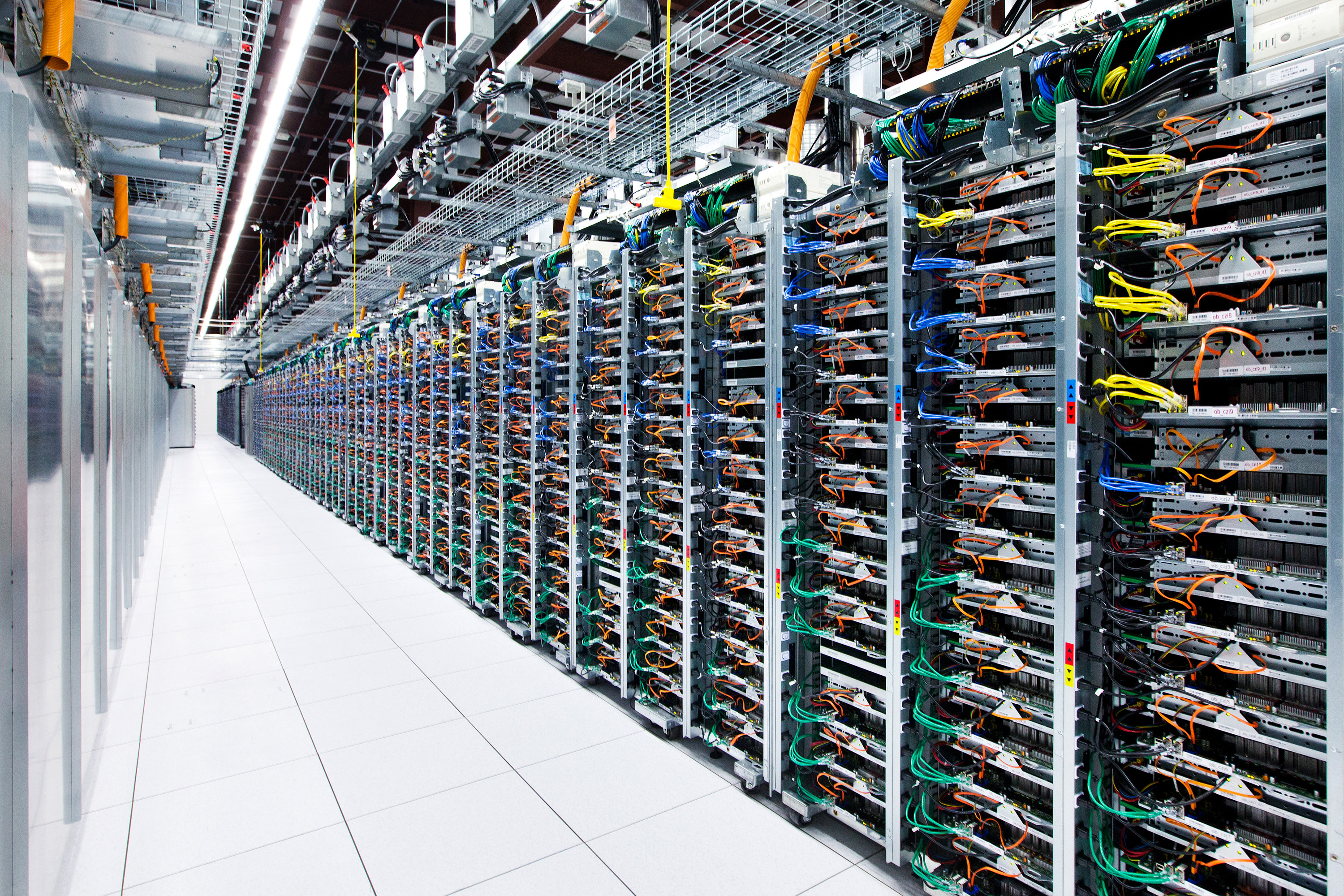Ultra Accelerator Link is an open-standard interconnect for AI accelerators being developed by AMD, Broadcom, Intel, Google, Microsoft, others
NVLink has a rival?

AMD, Broadcom, Cisco, Google, HPE, Intel, Meta, and Microsoft have joined forces to develop Ultra Accelerator Link (UALink), a new industry standard to enable high-speed, low-latency interconnection for datacenter grade AI and HPC accelerators. UALink will allow for interconnecting up to 1,024 accelerators within one pod, which would be a major achievement. The UALink technology will essentially compete against Nvidia's NVLink, so the green company is not participating in its development.
The UALink initiative is designed to create an open standard for AI accelerators to communicate more efficiently. The first UALink specification, version 1.0, will enable the connection of up to 1,024 accelerators within an AI computing pod in a reliable, scalable, low-latency network. This specification allows for direct data transfers between the memory attached to accelerators, such as AMD's Instinct GPUs or specialized processors like Intel's Gaudi, enhancing performance and efficiency in AI compute.
"The work being done by the companies in UALink to create an open, high performance and scalable accelerator fabric is critical for the future of AI," writes Forrest Norrod, executive vice president and general manager, Data Center Solutions Group at AMD in the press release. "Together, we bring extensive experience in creating large scale AI and high-performance computing solutions that are based on open-standards, efficiency and robust ecosystem support. AMD is committed to contributing our expertise, technologies and capabilities to the group as well as other open industry efforts to advance all aspects of AI technology and solidify an open AI ecosystem."
AMD, Broadcom, Google, Intel, Meta, and Microsoft all develop their own AI accelerators (well, Broadcom designs them for Google), Cisco produces networking chips for AI, while HPE builds servers. These companies are interested in standardizing as much infrastructure for their chips as possible, which is why they are teaming up for this the UALink Consortium. Since Nvidia has its own infrastructure, it is naturally not interested in co-developing UALink.
By standardizing the interconnect for AI and HPC accelerators, it will be easier for system OEMs, IT professionals, and system integrators to integrate and scale AI systems in datacenters. The standard aims to promote an open ecosystem and facilitate the development of large-scale AI and HPC solutions.
"UALink is an important milestone for the advancement of Artificial Intelligence computing," said Sachin Katti, SVP & GM, Network and Edge Group, Intel. "Intel is proud to co-lead this new technology and bring our expertise in creating an open, dynamic AI ecosystem. As a founding member of this new consortium, we look forward to a new wave of industry innovation and customer value delivered though the UALink standard. This initiative extends Intel’s commitment to AI connectivity innovation that includes leadership roles in the Ultra Ethernet Consortium and other standards bodies."
The UALink Consortium will be established to oversee the development and implementation of the UALink standard. The consortium is expected to be incorporated by the third quarter of 2024, aligning with the release of the 1.0 specification. Companies that join the consortium will have access to the specification and can contribute to its ongoing development.
Get Tom's Hardware's best news and in-depth reviews, straight to your inbox.

Anton Shilov is a contributing writer at Tom’s Hardware. Over the past couple of decades, he has covered everything from CPUs and GPUs to supercomputers and from modern process technologies and latest fab tools to high-tech industry trends.
-
bit_user I had expected this to naturally follow from CXL and its more recent support for switched fabrics. I guess that's still not out of the question, but then it would appear more needs to be layered atop it, to adapt it for use in accelerator networking.Reply
The mention of Ultra Ethernet is also interesting, not least because Tenstorrent, Habana, and others are using 100 Gb Ethernet for their interconnect. Ethernet is higher latency than CXL, but perhaps lower overhead (assuming we're talking about within a chassis), at least for MTU-sized transfers? -
kjfatl Nvidia is a lot like Netscape at its heyday. A decade from now they might not even exist as an independent company becoming another division of Oracle alongside DEC and Sun Microsystems.Reply
On the other hand, 'it might be different this time'.
Nvidia has a bubble of cash. You will know it is over when they start trying to acquire competition because internal growth has stalled. -
bit_user Reply
Not sure about that. I think Netscape was overvalued by investors just looking for an early way to make an internet play.kjfatl said:Nvidia is a lot like Netscape at its heyday.
Netscape also just sold software (web server & browser) that could easily be duplicated by Microsoft and bundled with their OS. Hardware cannot be given away, in a similar fashion. These AI processors use very large amounts of silicon, fabbed on the very latest process nodes. That always costs a lot of money, even without the current inflated margins.
I'm not saying Nvidia isn't overvalued, though. Their stock price could be inflated by investors just looking for some analogous way to make an AI play, since AI is probably the most transformative development in tech since the internet.